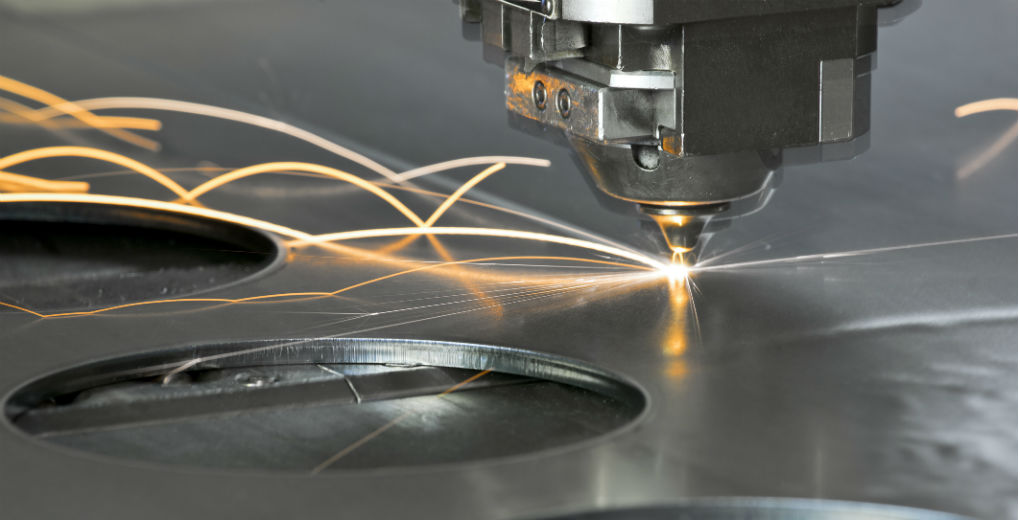Every revolution needs a catchy name. The industrial revolution of the Victorian age may well have gone by other names which fell by the wayside and which subsequently did not make it into our history books.
The Internet of Things is contributing to the revolution in work processes we are currently seeing – but the “industry managed by Internet of Things” doesn’t really role off the tongue. Instead, we have Industry 4.0.
What is Industry 4.0?
Industry 4.0 is widely accepted to be the fourth industrial revolution, hence the “4.0”. It all started when the Victorians made the switch from living off the land to building and working factories. This progressed to mass production from 1850s to World War I with the introduction of steel. Jump forward 100 years and we have what we perceive to be the third revolution, whereby we made the switch from analogue and mechanical to electrical and digital.
Now, we’re in the midst of the fourth, which according to Paul Carreiro, General Manager at Infor, has three segments:
- The Internet of Things, which allows data to be collected
- Data and analytics, which allows us to act on this data and develop smart insights
- Communication infrastructure
Industry 4.0 is not specifically a new technology or piece of software, but rather a new approach.
It will allow plant and machinery in “smart factories” to use the Internet of Things to automate processes, communicate across the production line, and self-optimise to achieve new levels of efficiency that were not possible 10 years ago.
Where did it originate from?
Like so many aspects of pioneering engineering, the term and the mechanics behind Industry 4.0 spawned in Germany. In 2013, the German Government outlined plans to overhaul the manufacturing industry using technology. “Industrie 4.0” was first referred to within this memo, and two years later German Chancellor Angela Merkel was heralding the concept as a way to “deal quickly with the fusion of the online world and the world of industrial production.”
While Germany invests around £200 million to encourage research, the US is making its own progress. The Smart Manufacturing Leadership Coalition (SMLC) is a collective of manufacturers, suppliers, technology firms, educational institutions and other agencies that have a shared interest in the advancement of the manufacturing industry.
How will it work?
Sensors, data processors and communications can all work together to measure operations, feed the results back, and communicate conclusions to better inform processes in the future, allowing it to evolve into something increasingly efficient.
VP of GE Software Bill Ruh gives one such example of how wind turbine sensors could improve their efficiency by 5%. In a world becoming increasing geared towards greener energy, this is quite a breakthrough to say the least.
What’s it worth?
Trillions, according to a report release by Accenture, which estimated that the Internet of Things on an industrial scale could add around £9.54 trillion to the world economy over the next 15 years, with the UK alone estimated to benefit by £352 billion.
With such promise to global wealth, it’s no surprise that these developments are considered nothing short of a revolution.




